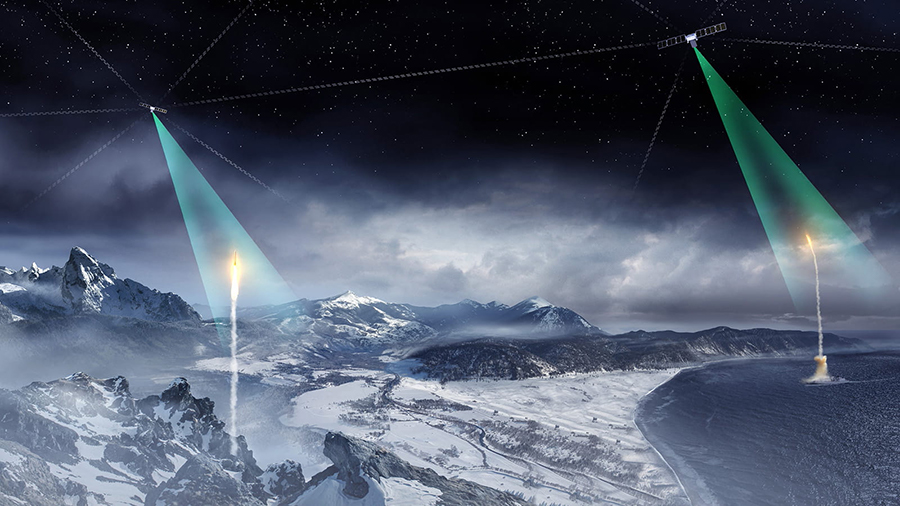At the center of the Milky Way is a supermassive black hole. This black hole, dubbed Sagittarius A*, is 4.3 million times bigger than the sun.
A recent composite image captured with the Hubble Space Telescope suggests that this Milky Way’s Supermassive Black Hole has been leaking gas or emitting jet-like superheated beams for several thousand years. The image revealed X-rays, molecular gas, and warm ionized gas near the galactic center.
However, Hubble has not directly photographed the jet, but it offered evidence that the black hole is pushing feebly into a huge hydrogen cloud and then splattering, like the narrow stream from a hose aimed into a pile of sand.
The orange color features appearing in the image indicate glowing hydrogen gas. One such feature at the top tip of the jet is interpreted as a hydrogen cloud that has been hit by the outflowing jet.
NASA noted, “The jet scatters off the cloud into tendrils that flow northward. Farther down near the black hole are X-ray observations of superheated gas colored blue and molecular gas in green.”
“This is further evidence that the black hole. is not a sleeping monster but periodically hiccups as stars and gas clouds fall into it.”
Co-author Alex Wagner of Tsukuba University in Japan said, “As it blows through the gas, the jet hits material and bends along multiple streams. The streams percolate out of the Milky Way’s dense gas disk. The jet diverges from a pencil beam into tendrils, like that of an octopus. This outflow creates a series of expanding bubbles that extend out to at least 500 light-years. This larger “soap bubble” structure has been mapped at various wavelengths by other telescopes.”
Note: This article have been indexed to our site. We do not claim legitimacy, ownership or copyright of any of the content above. To see the article at original source Click Here












